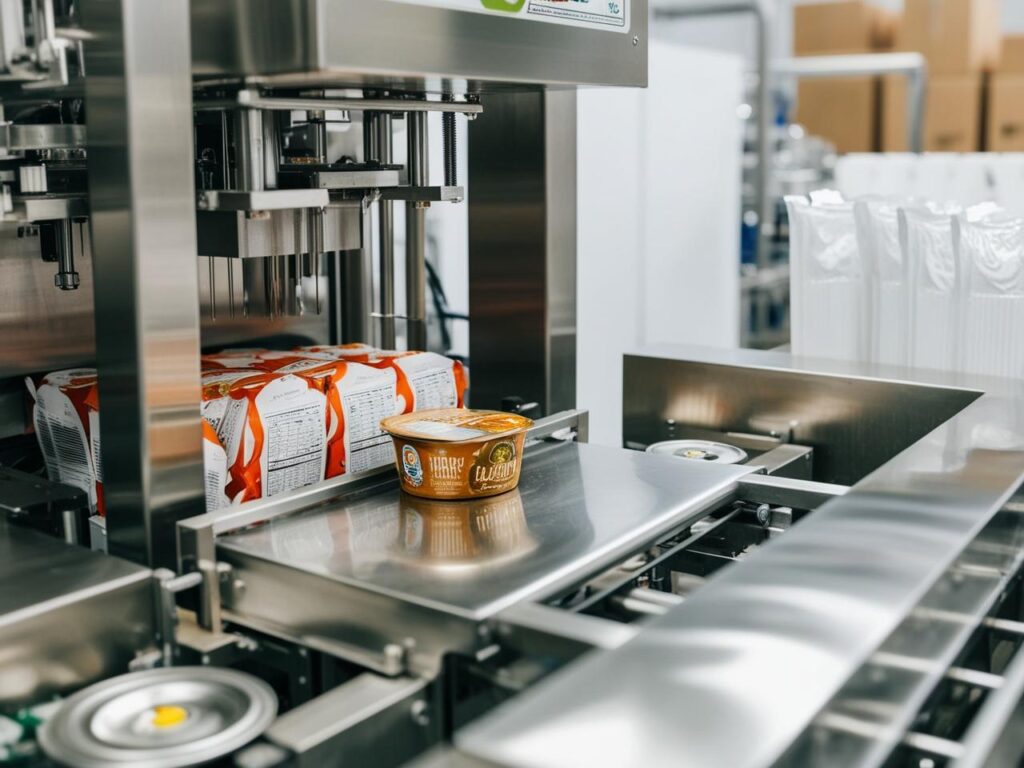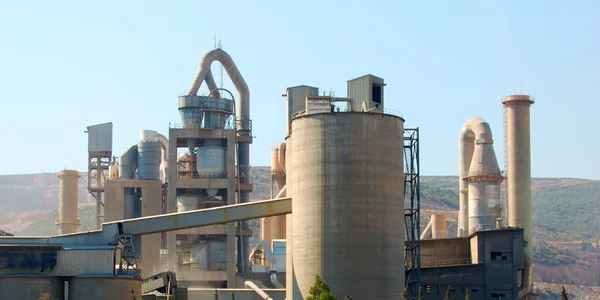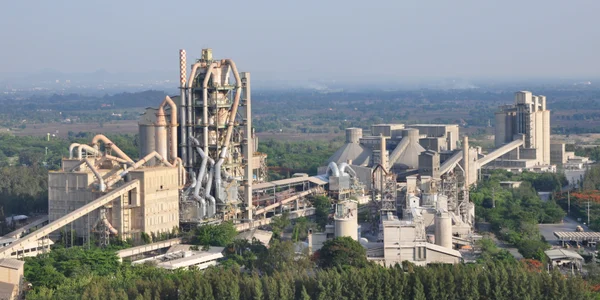Ofisler
MERKEZ OFİS

Almanya
- Yoğun Filtre Himenviro Technologies GmbH
Neustraße 45 - 49, 42553, Velbert, Deutschland/Almanya - +49 20534200990
BÖLGE OFİSİ

Büyük Britanya
- Yoğun Filtre Himenviro UK Limited
47, Bath Street WS13BX, Wallsall West Midlands, Büyük Britanya - +44 1922 628893
BÖLGE OFİSİ

Birleşik Arap Emirlikleri
- Yoğun Filtre Himenviro Technologies FZE – LLC
İş Merkezi, Sharjah Yayıncılık Şehri Serbest Bölgesi, Sharjah, BAE - +971-556074697
BÖLGE OFİSİ

Hindistan
- Yoğun Filtre Himenviro Private Limited
D-247/11, Sektör-63, Noida - 201301, Uttar Pradesh, Hindistan - +91-120-4642-500
BÖLGE OFİSİ

Hindistan
- Yoğun Filtre Himenviro Private Limited
D-247/11, Sektör-63, Noida - 201301, Uttar Pradesh, Hindistan - +91-120-4642-500
BÖLGE OFİSİ

Hindistan
- Yoğun Filtre Himenviro Private Limited
D-247/11, Sektör-63, Noida - 201301, Uttar Pradesh, Hindistan - +91-120-4642-500
Food Industry Air and Dust Filtration Solutions
The food and beverage industry is a complex and highly regulated sector that relies on precise processes and stringent hygiene standards. One critical aspect of maintaining these standards is effective dust control. Processes such as grain handling, mixing, blending, and packaging generate fine dust particles that can contaminate products, pose health risks to workers, and create potential explosion hazards.
To address these challenges, We offer advanced filtration solutions specifically designed for the food and beverage industry. Our systems are engineered to capture and remove dust particles, ensuring product purity, worker safety, and regulatory compliance.
Dust Filtration Process in the Food Industry
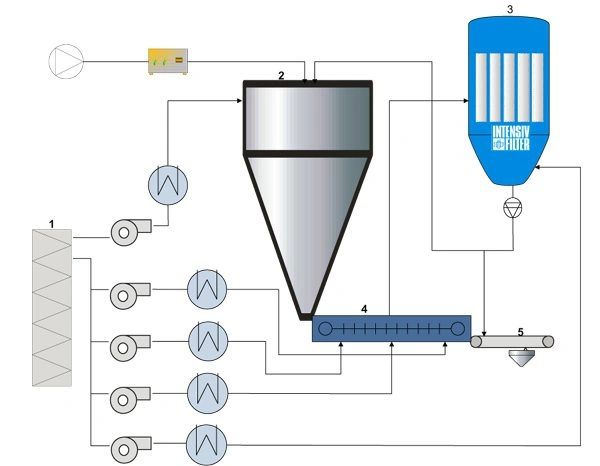
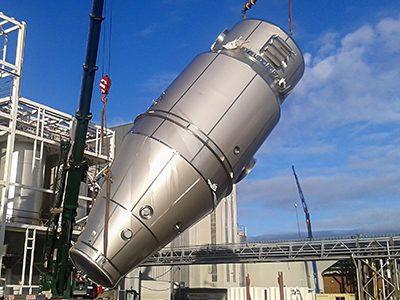
- 1. Dış filtre
- 2. Sprey kurutucu
- 3. CIP filtresi
- 4. Harici akışkan yatak
- 5. Doldurma
Required Specification For the CIP Filter
Tipik tasarım verileri | CIP filtresi |
|---|---|
Gaz hacmi | < 230,000 m³/h |
Gaz sıcaklığı | 80-90 °C |
Toz türü | Kurutulmuş süt ürünleri |
Kalan toz içeriği | < 10 g/m³ |
Ham gaz tozu içeriği | 20 mg/m³ |
Temizlik | Çevrimiçi |
Filtre ortamı | Polyester |
Patlamaya dayanıklı tasarım | Evet |
Sorbent |

Our Products Application for the Food Industry

Capture dust generated during the transfer of bulk materials, such as grains, powders, and flakes.
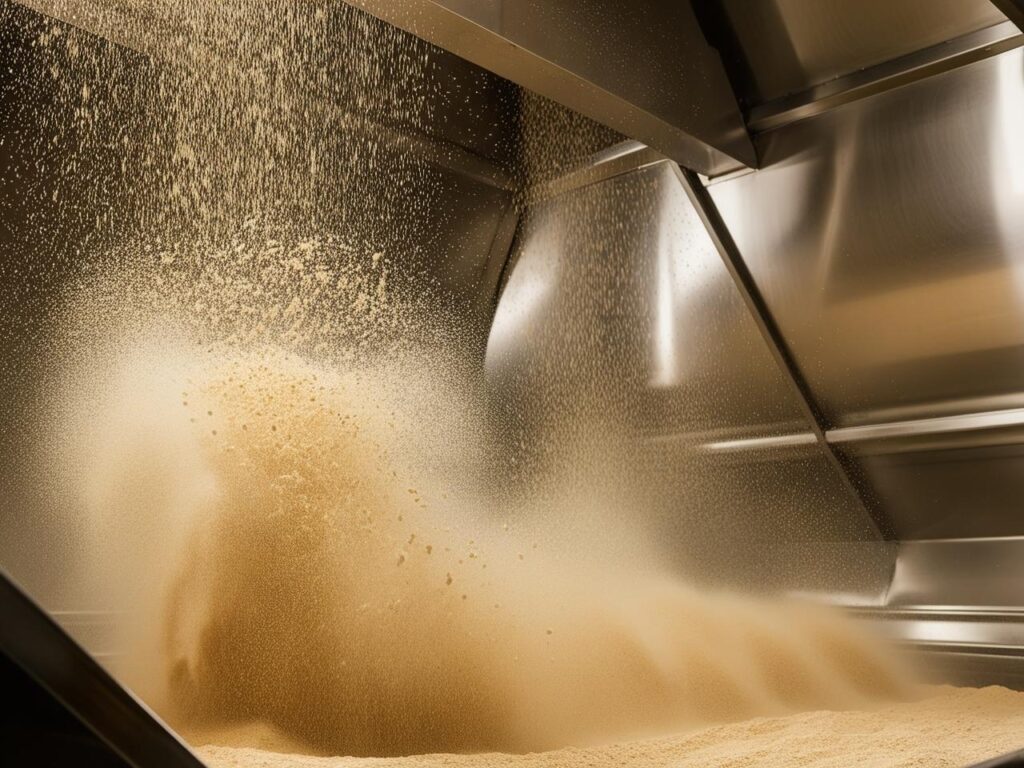
Regulatory Landscape for Dust Control |
|---|
Food Safety Regulations |
Adherence to FDA and USDA standards |
Worker Health and Safety |
Compliance with OSHA regulations |
Fire and Explosion Prevention |
Implementation of NFPA standards |
Environmental Protection |
Product Quality and Consistency |
Reduced downtime and maintenance costs |
Dust Control Challenges |
|---|
Product Contamination |
Worker Health Risks |
Fire and Explosion Hazards |
Mevzuata Uygunluk |
Cross-contamination |
Microbial Growth |
Adherence to strict food safety |
Reduced Product Quality |
Equipment Damage |
Key Considerations for Effective Dust Control |
|---|
Implement effective Dust capture |
Ensure proper airflow and pressure |
Kurutulmuş süt ürünleri |
Utilize high-efficiency filtration systems |
Regular Maintenance and Inspection |
Adhere to industry standards |
Regularly assess dust control system |
Process-Specific Considerations |
Risk Assessment and Mitigation |
Uzman Danışmanlığı için bizimle iletişime geçin
Diğer Hizmetlerimizi Keşfedin!
Sıkça Sorulan Sorular
In food processing, common filtration systems include membrane filters (such as microfiltration, ultrafiltration, nanofiltration, and reverse osmosis), depth filters, activated carbon filters, and ultraviolet (UV) light systems. These technologies are employed to remove physical, chemical, and biological contaminants, ensuring product purity and safety.
Filtration systems ensure compliance with food safety standards by effectively removing contaminants, including microorganisms, particulates, and chemical residues, from raw materials and products. This purification process helps meet regulatory requirements and maintains high-quality standards in the final food products.
Filtration systems maintain product quality and consistency by removing unwanted particulates, microorganisms, and other contaminants from ingredients and final products. This ensures that each batch meets the desired purity and quality standards, leading to uniformity in taste, appearance, and safety across all products.

